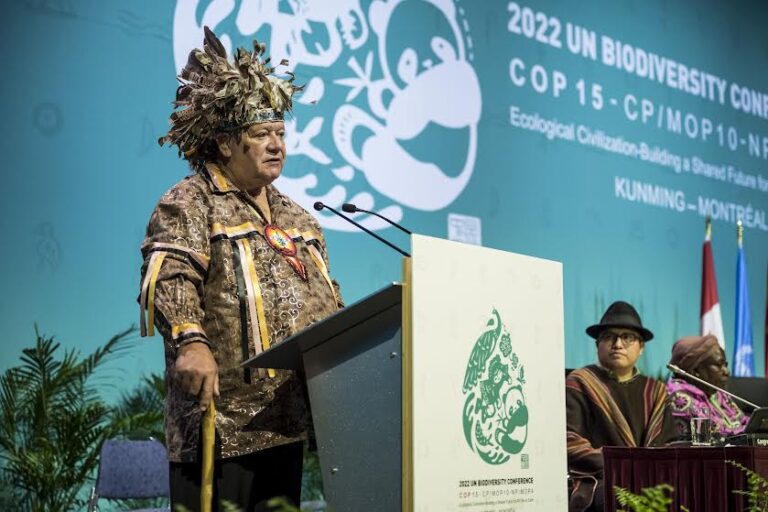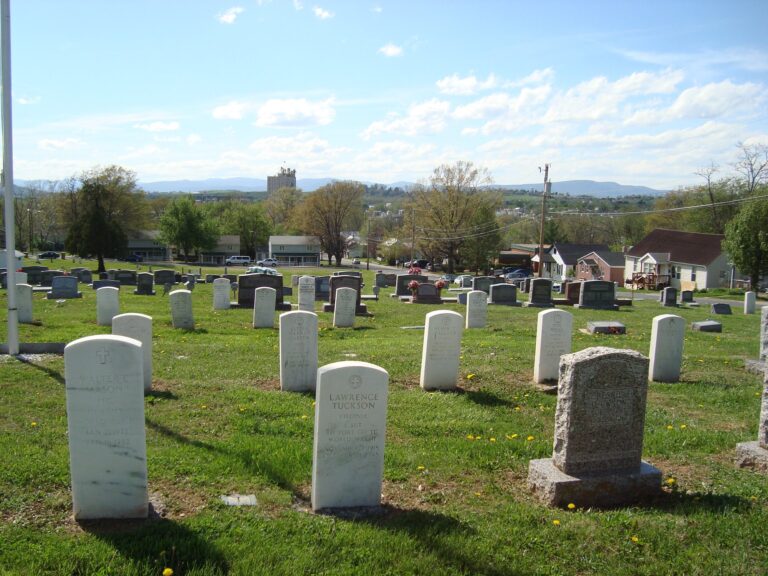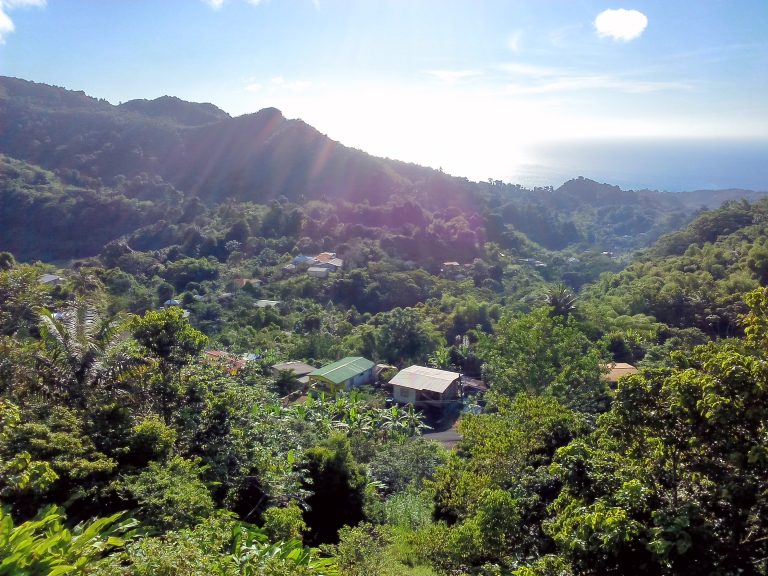To provide observations and information on the emerging fields of landscape scale conservation, heritage preservation, and sustainable community development.
Newsletter
Stay up-to-date with the latest nature, culture and community news.
We won’t spam you or share your information. Newsletters are sent approximately 10 times a year. Unsubscribe at any time.

UN Biodiversity Conference December 2022: New support for the connection Of Nature and Culture
The UN Biodiversity Conference 2022 in Montreal from 7-19 December under the theme “Ecological Civilization: Building a Shared Future for All Life on Earth”, ushered in new initiatives to put the linkage of natural and cultural diversity at the heart of implementation. The main objective was for governments to adopt the post-2020 global biodiversity framework. This framework makes many references to culture, and the diversity of values and world views that link people and nature, stating that it will place biodiversity “at the heart of the sustainable development agenda, recognizing the important linkages between biological and cultural diversity

Historic Recognition of African American Cemeteries in Virginia
Historic African American cemeteries are receiving long-overdue attention for their significance in the history of African American life. Unfortunately, a common misconception persists that cemeteries are not eligible for the National Register. Virginia has demonstrated that numerous types of historic cemeteries can be listed in the National Register. These include sites that are significant for their landscape design and funerary markers to those with unmarked graves that tell a story of historic neglect and erasure.

Management at Pimachiowin Aki: A Three-Pronged Approach
Spanning two Canadian provinces, Pimachiowin Aki was inscribed on the UNESCO World Heritage List in 2018. What is most noteworthy about the site is its innovative management approach that stems from a joint understanding of nature and culture via a bottom-up partnership between four Anishinaabe First Nations communities and provincial government representatives.

Naturecultures from the Perspective of Argentina
This dialogue session features a number of presentations from an Argentinean perspective. The presenters examined a number of key ideas. For example, the importance of cultural routesand the future of large-scale landscapes in defining the identity of a region and reiterating the indigenous natureculture vision. Also the South American view of the landscape and it’s transformation by Europeans practices. How can these factors be balanced with a traditional and embedded way of life? And then how do these ideas play out on a city scale?

Exploring the Landscapes of the Caribbean
Palm trees, turquoise water and beaches are the idyllic images of the Caribbean promoted in TV. A wilder Caribbean landscape of nature reserves is familiar to eco-tourists Yet the perceptions of many of the region’s residents do not mesh easily with either of these landscapes. The challenge has been how to identify the significance of a larger sense of place for the local community, for the people who live there, not the images constructed for tourists. Read about some innovative ideas.

UN Biodiversity Conference December 2022: New support for the connection Of Nature and Culture
The UN Biodiversity Conference 2022 in Montreal from 7-19 December under the theme “Ecological Civilization: Building a Shared Future for All Life on Earth”, ushered in new initiatives to put the linkage of natural and cultural diversity at the heart of implementation. The main objective was for governments to adopt the post-2020 global biodiversity framework. This framework makes many references to culture, and the diversity of values and world views that link people and nature, stating that it will place biodiversity “at the heart of the sustainable development agenda, recognizing the important linkages between biological and cultural diversity

Historic Recognition of African American Cemeteries in Virginia
Historic African American cemeteries are receiving long-overdue attention for their significance in the history of African American life. Unfortunately, a common misconception persists that cemeteries are not eligible for the National Register. Virginia has demonstrated that numerous types of historic cemeteries can be listed in the National Register. These include sites that are significant for their landscape design and funerary markers to those with unmarked graves that tell a story of historic neglect and erasure.

Management at Pimachiowin Aki: A Three-Pronged Approach
Spanning two Canadian provinces, Pimachiowin Aki was inscribed on the UNESCO World Heritage List in 2018. What is most noteworthy about the site is its innovative management approach that stems from a joint understanding of nature and culture via a bottom-up partnership between four Anishinaabe First Nations communities and provincial government representatives.

Naturecultures from the Perspective of Argentina
This dialogue session features a number of presentations from an Argentinean perspective. The presenters examined a number of key ideas. For example, the importance of cultural routesand the future of large-scale landscapes in defining the identity of a region and reiterating the indigenous natureculture vision. Also the South American view of the landscape and it’s transformation by Europeans practices. How can these factors be balanced with a traditional and embedded way of life? And then how do these ideas play out on a city scale?

Exploring the Landscapes of the Caribbean
Palm trees, turquoise water and beaches are the idyllic images of the Caribbean promoted in TV. A wilder Caribbean landscape of nature reserves is familiar to eco-tourists Yet the perceptions of many of the region’s residents do not mesh easily with either of these landscapes. The challenge has been how to identify the significance of a larger sense of place for the local community, for the people who live there, not the images constructed for tourists. Read about some innovative ideas.


